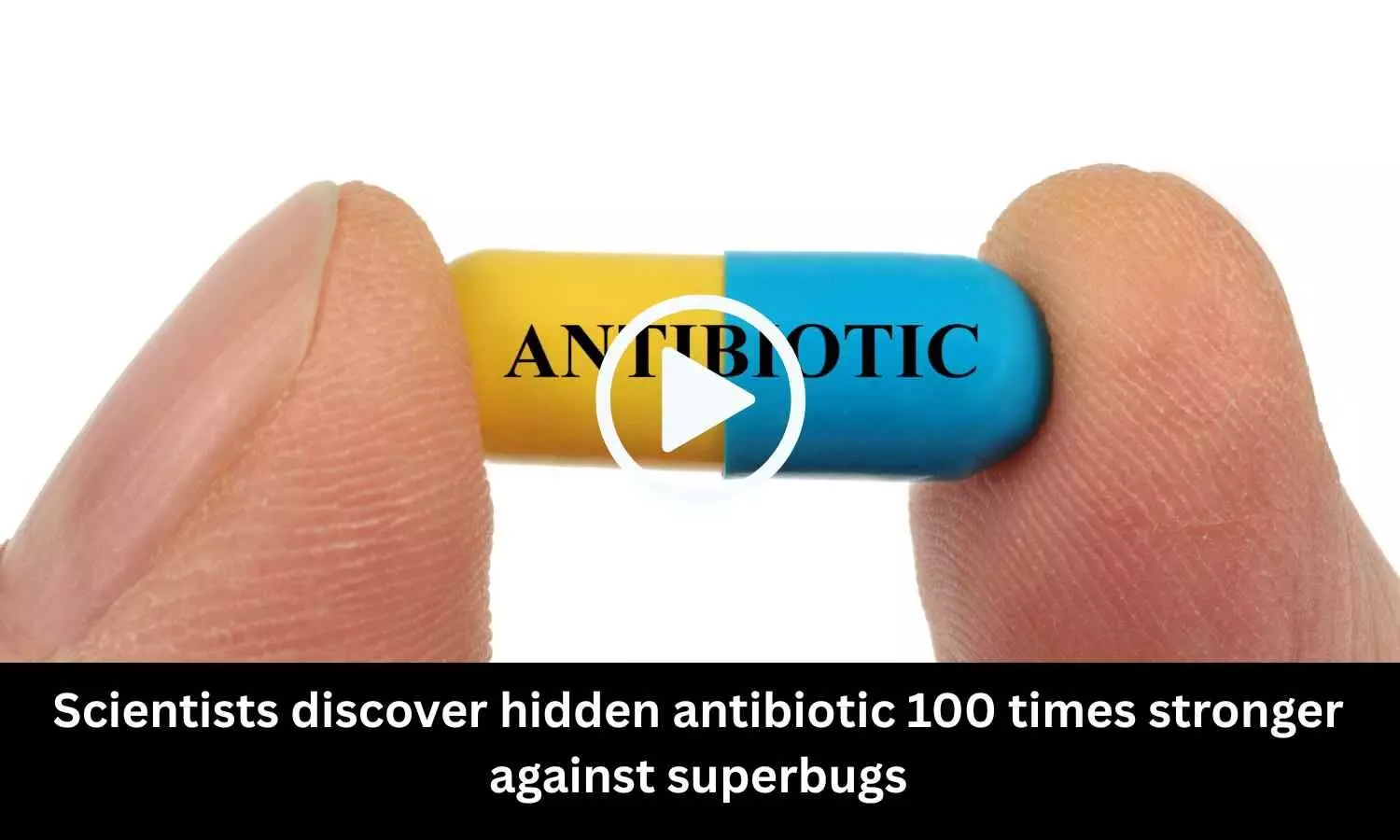Scientists discover a hidden antibiotic 100 times stronger against superbugs
- byDoctor News Daily Team
- 31 October, 2025
- 0 Comments
- 0 Mins

Chemists from the University of Warwick and Monash University have discovered a potent newantibioticthat targets drug-resistantbacteria, includingMethicillin-resistant Staphylococcus aureus(MRSA) and Vancomycin-resistant Enterococcus (VRE). Published recently in theJournal of the American Chemical Society, this compound, called pre-methylenomycin C lactone, was found "hiding in plain sight" as an intermediate during the natural biosynthesis of the older antibiotic methylenomycin A. Antimicrobial resistance (AMR) poses a critical global health threat, with millions of deaths annually due to antibiotic-resistant infections. However, the development of new antibiotics has slowed, partly because discovery is challenging and financially unrewarding. This team’s breakthrough offers renewed hope by identifying a previously overlooked chemical intermediate with extraordinary antibacterial activity—over 100 times more potent against Gram-positive bacteria than methylenomycin A. The researchers deleted biosynthetic genes in Streptomyces coelicolor, a well-studied soil bacterium known for producing methylenomycin A, to isolate and characterize two new intermediate compounds. These intermediates were then tested for antimicrobial activity against various drug-resistant pathogens, including the bacteria responsible for MRSA and VRE. The compound's potency and resistance profile were examined through laboratory assays, particularly assessing the likelihood of resistance development. Pre-methylenomycin C lactone demonstrated exceptional efficacy, showing a 100-fold increase in activity against Gram-positive bacteria compared to methylenomycin A. Notably, no resistance emerged in Enterococcus faecium after prolonged exposure, a significant advantage over current last-resort antibiotics like vancomycin. The researchers speculate that S. coelicolor originally evolved to produce the more potent pre-methylenomycin C lactone but shifted toward producing the weaker methylenomycin A over time. The team also developed a scalable synthetic route to produce pre-methylenomycin C lactone and analogues for further study. Lead researcher Professor Greg Challis noted this discovery signals a new approach to antibiotic development—exploring biosynthetic intermediates to find powerful, resistance-resilient drugs. This breakthrough could help save millions of lives worldwide threatened by antimicrobial resistance. REFERENCE:Christophe Corre, Gideon A. Idowu, Lijiang Song, Melanie E. Whitehead, Lona M. Alkhalaf, Gregory L. Challis. Discovery of Late Intermediates in Methylenomycin Biosynthesis Active against Drug-Resistant Gram-Positive Bacterial Pathogens. Journal of the American Chemical Society, 2025; DOI: 10.1021/jacs.5c12501
Disclaimer: This website is designed for healthcare professionals and serves solely for informational purposes.
The content provided should not be interpreted as medical advice, diagnosis, treatment recommendations, prescriptions, or endorsements of specific medical practices. It is not a replacement for professional medical consultation or the expertise of a licensed healthcare provider.
Given the ever-evolving nature of medical science, we strive to keep our information accurate and up to date. However, we do not guarantee the completeness or accuracy of the content.
If you come across any inconsistencies, please reach out to us at
admin@doctornewsdaily.com.
We do not support or endorse medical opinions, treatments, or recommendations that contradict the advice of qualified healthcare professionals.
By using this website, you agree to our
Terms of Use,
Privacy Policy, and
Advertisement Policy.
For further details, please review our
Full Disclaimer.
Recent News
NEET 2025: TN Health extends round 3 choice fillin...
- 31 October, 2025
DME Gujarat extends PG Ayurveda, Homeopathy round...
- 31 October, 2025
Decade-Long Study of PCI and CABG in Left Main Cor...
- 31 October, 2025
Daily Newsletter
Get all the top stories from Blogs to keep track.


0 Comments
Post a comment
No comments yet. Be the first to comment!